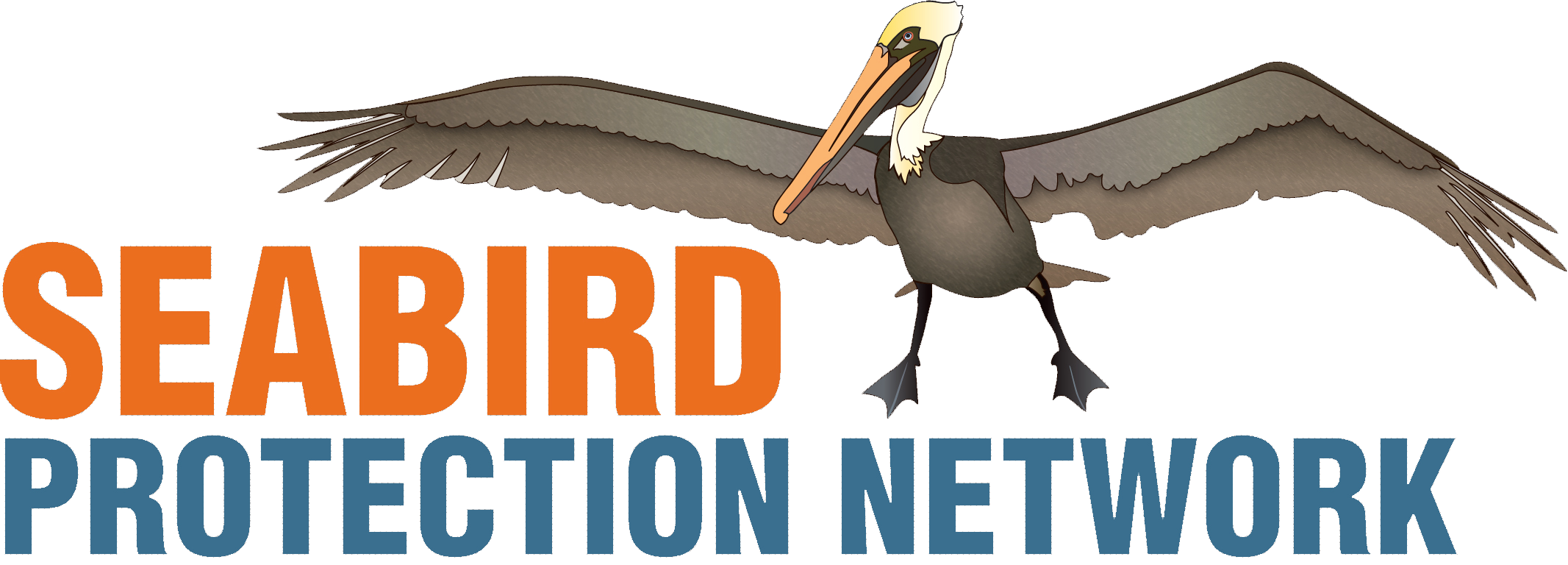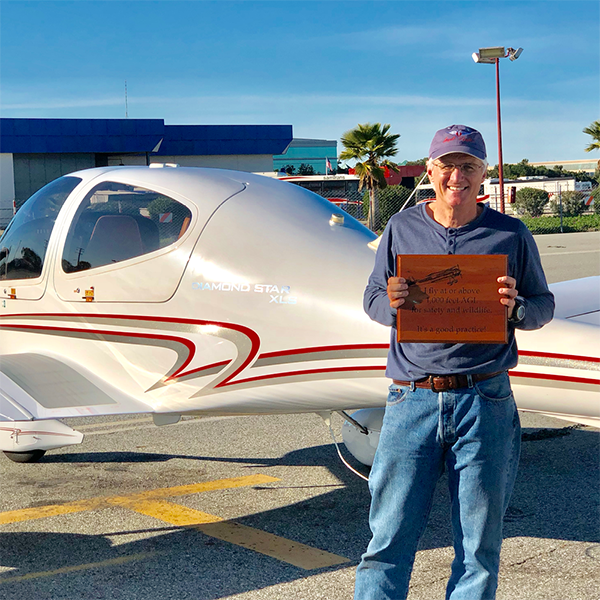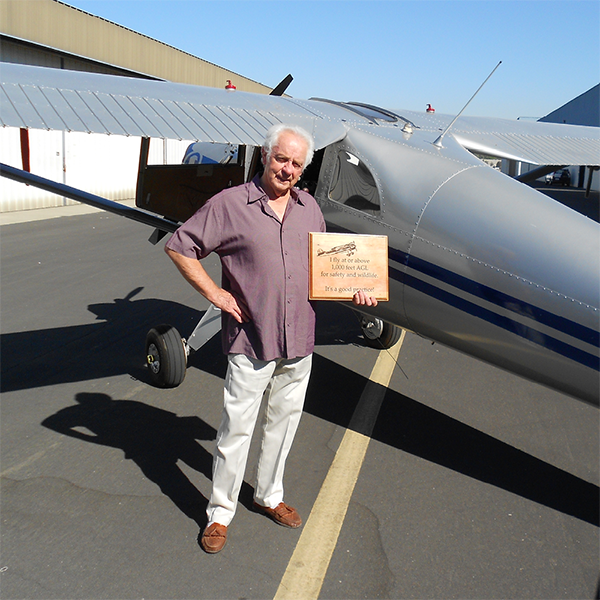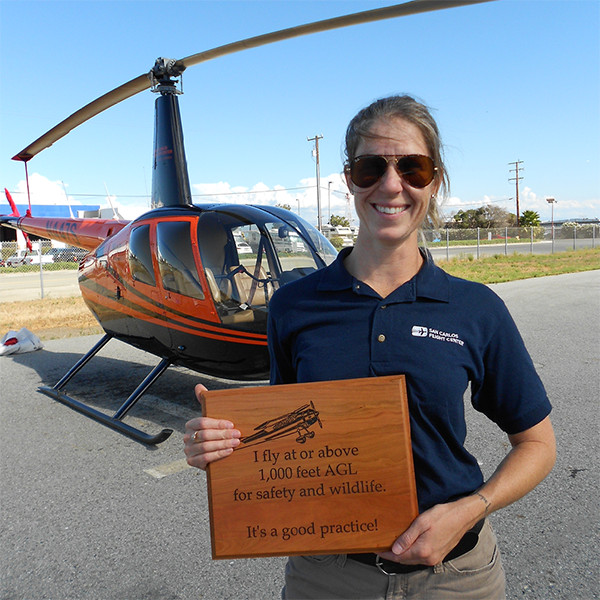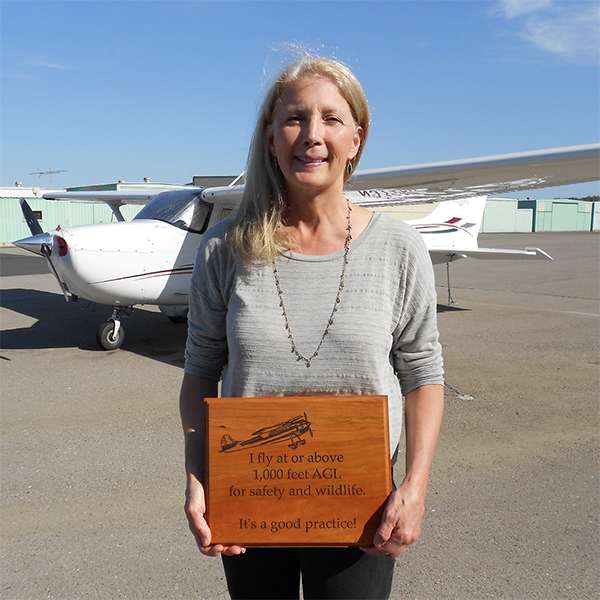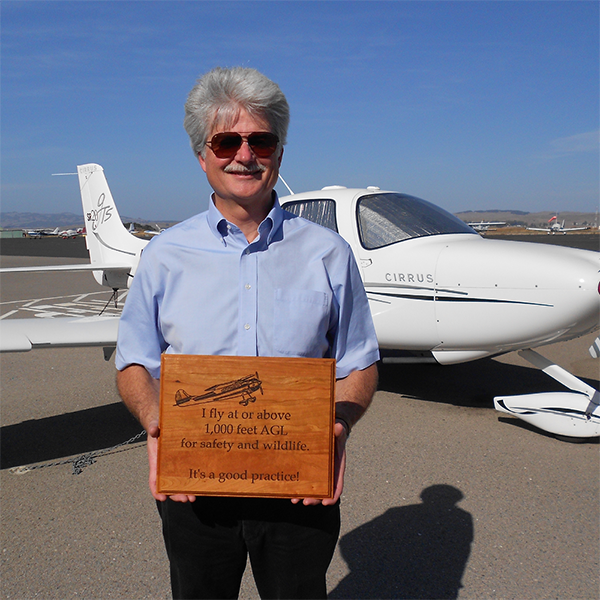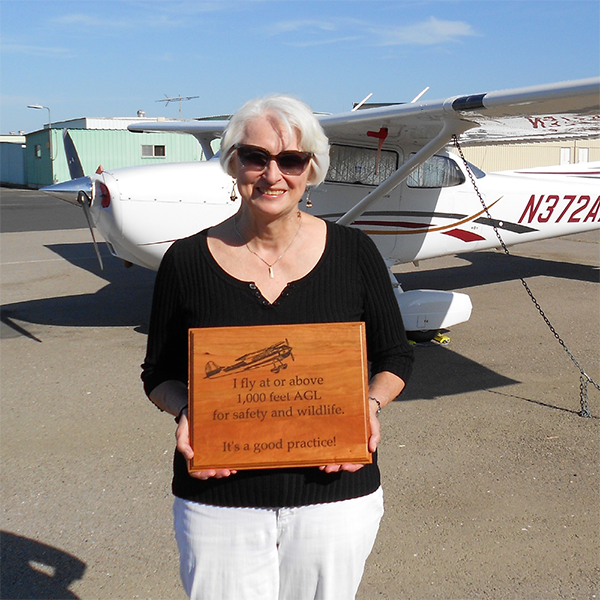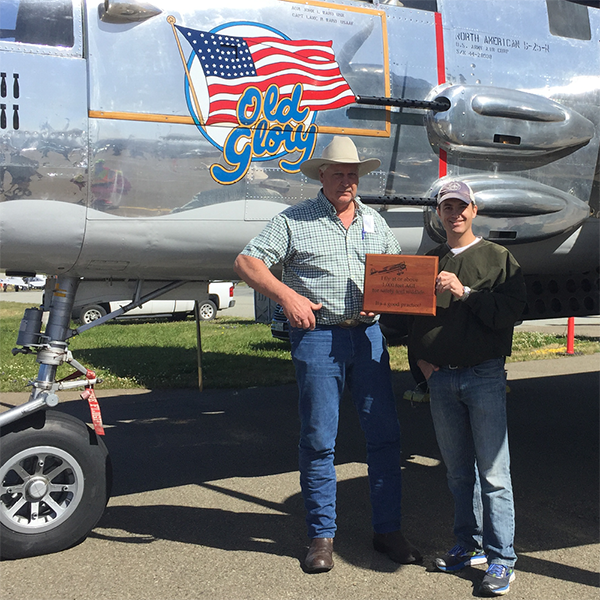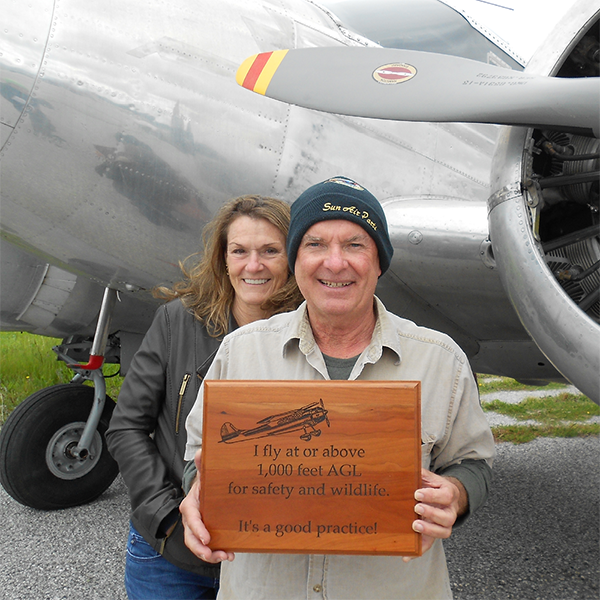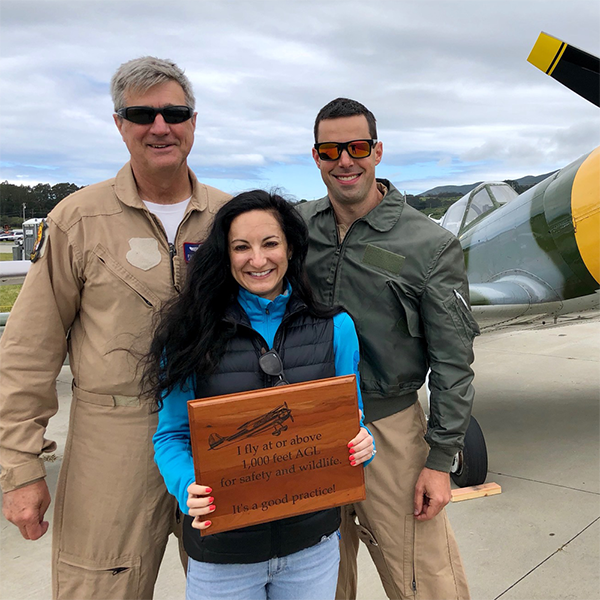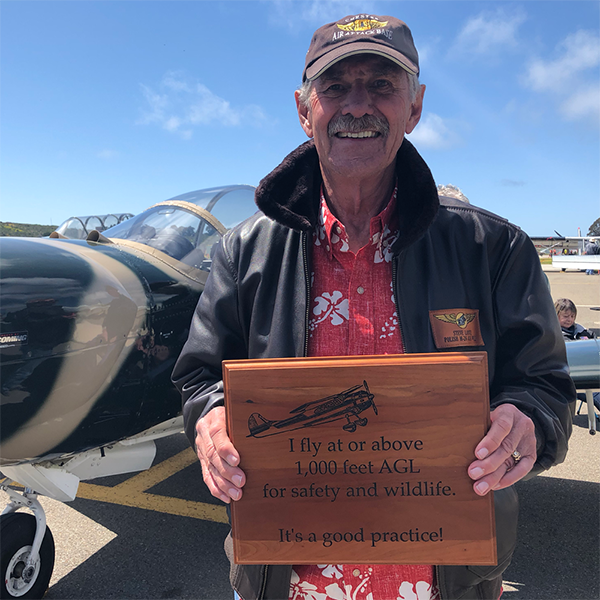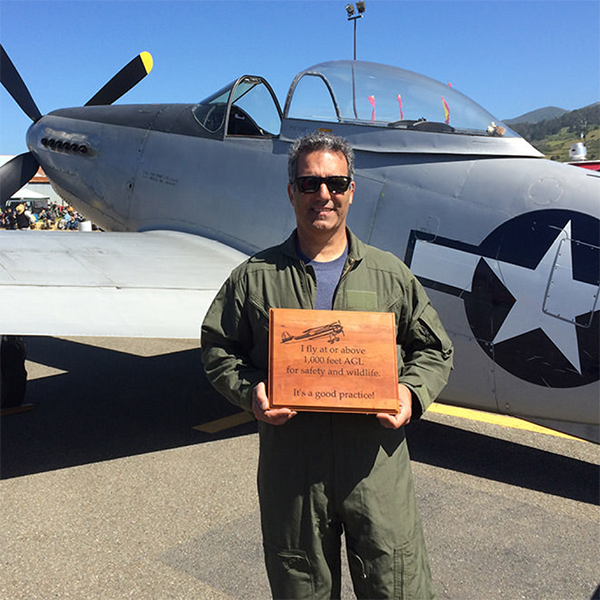Fly the Devil's Slide Rock Sensitive Nesting Area above 1000' MSL and 1000' West
Our approach video shows you how
Watch the Video
What We Do
Seabird Protection Network educates aviators to help protect California seabird colonies.
Our coast is home to hundreds of thousands of seabirds, including endangered species. Seabirds come to our coast year after year to breed and rest - usually at the same places. These seabird colonies are sensitive to aircraft overflight. NOAA Overflight Zones - indicated clearly on your charts - protect many of these colonies and require 1000’ AGL. The Devil's Slide Sensitive Nesting Area is an important colony not on your charts. We ask that pilots fly this area above 1000’ AGL. This reduces 97% of seabird disturbances from aircraft. Flying the coast above 1000’ AGL also benefits pilots by reducing risk of bird strikes, which occur most frequently below 1000’ AGL. It also increases your gliding distance, and time to respond to emergency situations.
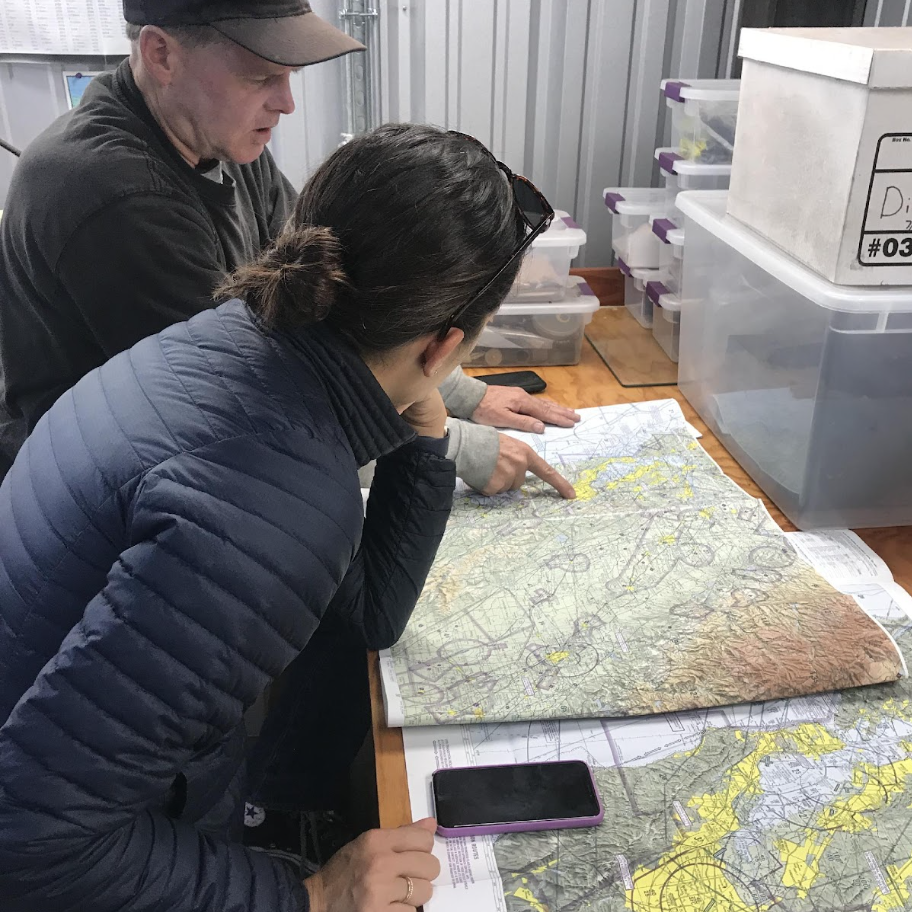
Seabird Protection Network is dedicated to spreading the word about how pilots can help protect seabirds. We frequently give engaging presentations to Coast Guard air stations, military airfields and Bay Area flight clubs - and we’d love to present to yours. Get in touch to request a presentation, or printed maps that show the location of seabird colonies. We've also partnered with the FAA Safety Team to give live webinars to pilots - check out a recording of one by clicking the button below.
Watch Ten Secret Sights of the California Coast
NOAA Regulated Overflight Zones
Magenta Dots Require 1000’ AGL
NOAA Regulated Overflight Zones are indicated on your FAA charts by magenta dots, and require flying above 1000’ AGL in California. They surround the Channel Islands (as shown below), as well as the Big Sur coast, Farallon Islands, and many locations throughout Central California with high concentrations of wildlife. These zones were designed to protect the most sensitive seabird and marine mammal habitats on the California coast, and often are home to tens or hundreds of thousands of seabirds. Flying them above 1000’ AGL will help reduce your bird strike risk, and ensure you are not disturbing the sensitive wildlife below. Go here for full maps and regulations (or 15 CFR 922).
Devil's Slide Sensitive Nesting Area
Please Fly Devil’s Slide Sensitive Nesting Area Above 1000’ MSL
The Devil's Slide Sensitive Nesting Area is west of SFO, and is not indicated on FAA charts. Please refer to our VFR map and highlighted chart for orientation on this important seabird colony. The cliffs and offshore rocks in this area are a breeding colony of thousands of birds. Murres, cormorants, pelicans and other birds use this area to nest and rest. Pilots can help ensure the health of these birds by flying the area above 1000' MSL and 1000' offshore. Also, be aware of increased bird strike risk when flying this area.
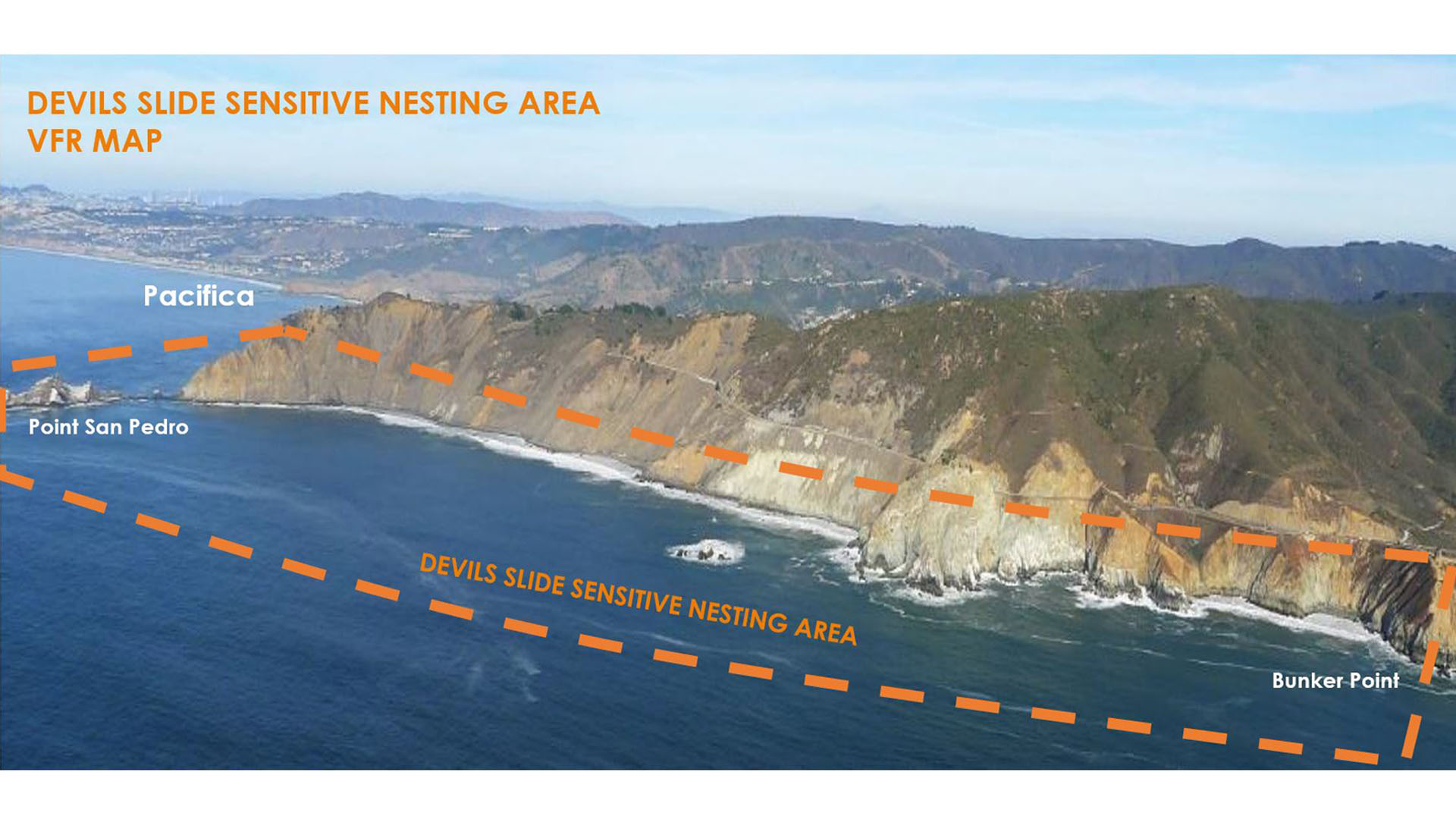
Safe Flying Around Devil's Slide Sensitive Nesting Area
If pilots are operating in this area:
Fly area higher than 1000’ MSL Fly 1000' offshore Know GPS coordinates: 37.577511, -122.521481 Familiarize yourself with our VFR map (above) Watch our approach video
Request a printed, laminated map of this area
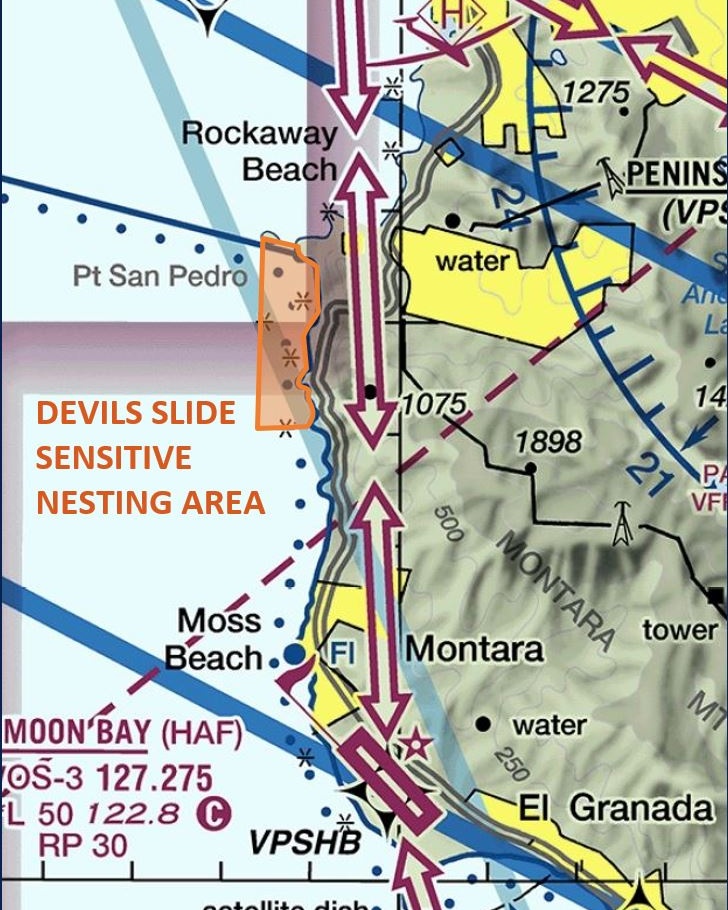
Take the Pilot Pledge
Take the Pledge to Fly the Coast Above 1000’ AGL
Whenever we give a presentation, we ask pilots to take the pledge tofly the California coast above 1000’ AGL for their safety, and tohelp protect sensitive wildlife. These are some of our friends that have taken the pledge. Scroll down, and you can take it too.
I’m a pilot, andI pledge to:
☑ Fly the coast above 1000’ AGL for safety☑ Give seabirds space to thrive☑ Learn to identify NOAA Overflight Zones and Devil’s Slide Rock on your charts (see above!)
Want to stay in touch? Sign up to receive the Monthly Aviator.Our e-newsletter is full of fun stuff for pilots.
Sign Up Form
Unde omnis iste natus error sit voluptatem accusantium
Headline I
Nemo enim ipsam voluptatem quia voluptas sit.
Headline II
Voluptatem quia voluptas sit aspernatur aut odit aut fugit.
Headline III
Sit aspernatur aut odit aut fugit.
Headline IV
Voluptatem quia voluptas sit aspernatur aut odit aut fugit.
Headline V
Quia voluptas sit aspernatur aut odit aut fugit.
Headline VI
Ipsam voluptatem quia voluptas sit aspernatur aut odit aut fugit.
Take the Pledge TodayTake the Pledge
Seabird Protection Network is a program of NOAA’s Greater Farallones National Marine Sanctuary.
CONNECT
© 2022 Seabird Protection Network. All rights reserved. Photo Credits: NOAA/ONMS
